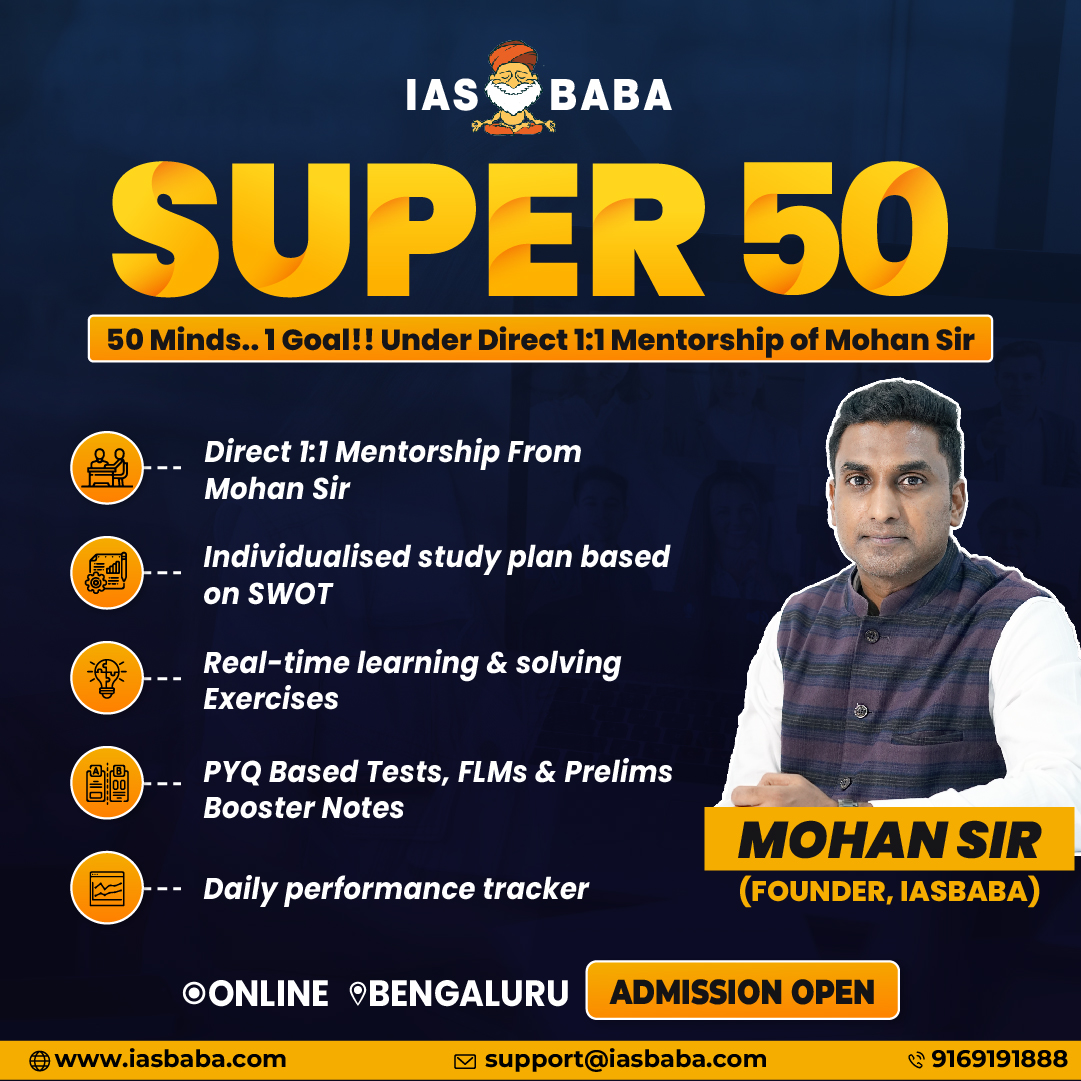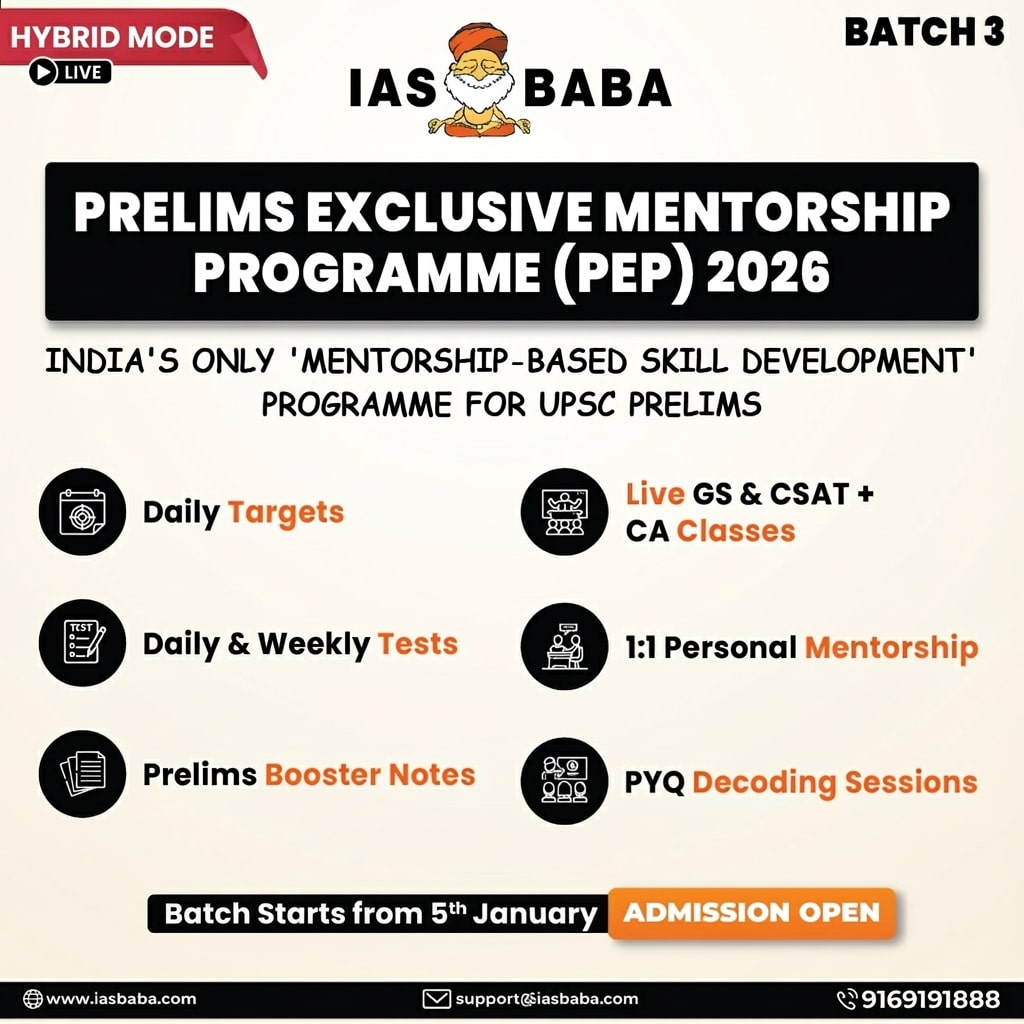Governance, TLP-UPSC Mains Answer Writing
Q. 3. “Farmers’ protests have brought renewed attention to agrarian pressure groups in India. Analyze the effectiveness of their methods in influencing public policy and political narratives.” (150 words, 10 marks)
Introduction
Pressure groups are organized interest-based collectives that seek to influence policy without contesting elections. Agrarian groups like the Samyukta Kisan Morcha exemplify this, using mass protests to bring farmers’ issues into political and legislative focus.
Body
Farmers’ Protests
- The 2020–21 farm law protests mobilised lakhs of farmers across states, triggering a national debate.
- The protests lasted over a year, involved over 500 farmers’ unions, and ultimately led to the repeal of the three contentious farm laws.
Methods Used by Agrarian Pressure Groups
- Mass Mobilisation and Protests: Persistent protests across state capitals and national highways amplified demands. Example: 2020–21 Delhi border blockade led to prolonged government negotiations.
- Narrative Building Through Media: Use of local radio, community WhatsApp groups, and farmer YouTube channels countered mainstream media narratives.
- Electoral Signalling: Boycotts and campaigns influenced voting patterns, particularly in Haryana and Western UP.
- Cross-Regional Coordination: Platforms like All India Kisan Sangharsh Coordination Committee (AIKSCC) enabled collective bargaining across states.
- Engagement with Civil Society: Collaborations with artists, lawyers, and academicians brought credibility and widened public engagement.
Effectiveness of These Methods
- Policy Impact: Contributed to repeal of three central farm laws—one of the rare rollbacks of major legislation. Example: The government withdrew the laws after over a year of protest.
- Narrative Domination: Shifted focus to Minimum Support Price (MSP) and farmer distress on national platforms. Example: MSP demands featured in multiple state election campaigns post-2021.
- Political Recalibration: Parties including Congress and AAP reoriented manifestos around agrarian guarantees.
- Democratic Participation: Revitalised peaceful protest culture as a legitimate democratic instrument in rural politics.
Concerns and Limitations
- Fragmented Leadership: Divergent demands between large farmers and marginal groups reduce cohesion. Example: Differences between Punjab unions and other state bodies created friction.
- Urban-Rural Disconnect: Limited empathy or sustained support from urban middle classes and mainstream media.
- Symbolic Outcomes: Repeal of laws did not translate into lasting structural reforms in agriculture.
- Politicisation Risk: Association with regional political movements raises questions on neutrality and agenda. Example: Accusations of political backing during Punjab elections affected perception.
Conclusion
Despite limitations, agrarian pressure groups significantly shape public discourse and policy. Their active role strengthens participatory democracy by ensuring rural voices remain integral to national decision-making.














